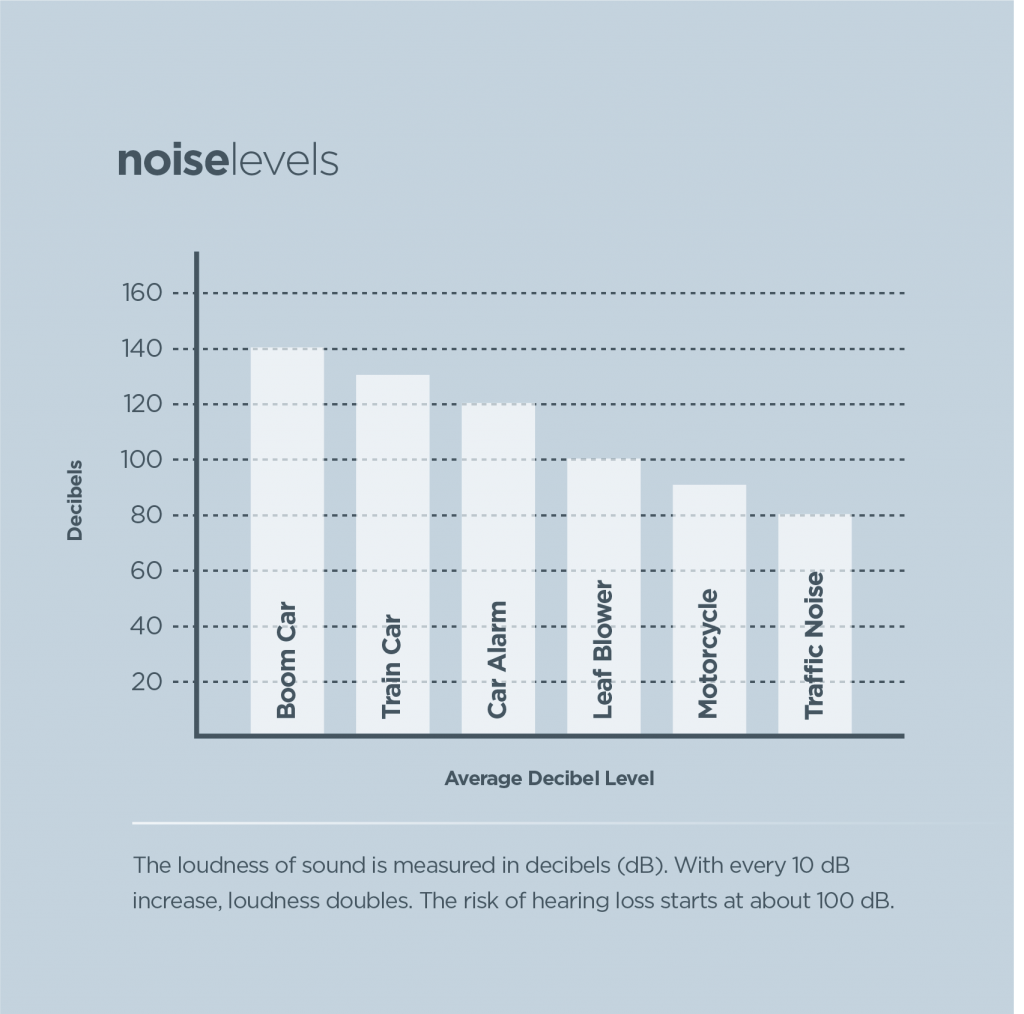One Of The Most Efficient Stress Cleaning Practices For Every Surface Classification
One Of The Most Efficient Stress Cleaning Practices For Every Surface Classification
Blog Article
Article By-Vazquez Keating
When it comes to pressure cleaning, the strategy you choose can make all the difference in achieving a clean, streak-free surface. You might locate that difficult surfaces, like concrete, call for a various technique than softer materials, such as wood or vinyl. It's important to adapt your techniques to the surface kind to avoid damages while making the most of cleansing performance. So, what are the very best strategies for every surface, and just how can you ensure you're utilizing the best setups and tools for the job? Allow's explore what you require to recognize to obtain the very best results.
Difficult Surfaces
When it pertains to press cleaning tough surfaces, prep work is crucial. Prior to you even think of pulling out the stress washer, take the time to get rid of the area of any kind of debris, furniture, or barriers. You don't desire anything getting in your means or possibly destructive your equipment.
Next off, evaluate the surface area for any kind of splits or damage; this will assist you determine the right method and pressure setups.
When you have actually prepared the location, it's important to pick the appropriate nozzle. For difficult surfaces like concrete or block, a narrow nozzle (15 or 25 levels) works best to provide a concentrated stream of water that can properly eliminate grime and stains. Always start at a distance and progressively relocate better to stay clear of any surface area damages.
As you begin washing, maintain the stick transferring to stop streaks and over-saturation. It's likewise useful to work from the top down, permitting dirt and debris to get rid of normally.
Finally, remember to rinse the surface completely after cleansing to get rid of any remaining detergent. With these techniques, you'll attain a clean and rejuvenated appearance on all your tough surfaces.
Soft Surfaces
Stress washing soft surface areas calls for a gentler approach to shield them from damage. Whether you're cleansing your deck, outdoor patio furniture, or house siding, utilizing way too much pressure can bring about dents, scratches, or perhaps irreparable damage.
Begin by choosing a low-pressure nozzle, ideally a 25-degree or larger spray pattern, to distribute the water more gently.
Prior to you begin, it's essential to pre-treat any type of stains with an ideal cleansing service. This step permits the cleaner to permeate the dirt and crud, making it much easier to get rid of without rubbing also hard.
Constantly apply the solution from the bottom up to prevent streaking.
When you begin pressure cleaning, maintain a range of at the very least 12 to 18 inches from the surface. Relocate gutter guard low country in a sweeping activity, maintaining it alongside the surface area to prevent focused stress on one area.
Wash the location extensively after cleaning up to remove any residual cleaner.
Last but not least, examine the surface area for any type of missed places and duplicate the process if necessary. By following these steps, you can properly tidy soft surfaces while preserving their stability and appearance.
Specialized Surfaces
Cleaning up soft surface areas requires treatment, but specialized surface areas require a lot more interest to detail. When you deal with these surfaces, like fragile timber, stained concrete, or particular kinds of house siding, using the appropriate pressure cleaning methods is vital to avoid damage.
First, evaluate the product. For https://showroom-cleaning-company55433.blogginaway.com/33252243/although-window-cleansing-may-be-underestimated-it-has-a-profound-effect-on-your-organization-s-appearance-and-wellness-find-the-undetected-advantages-as-soon-as-possible , treated timber can usually endure modest pressure, yet softer timbers like cedar may call for a reduced setup. Constantly begin with the lowest pressure and progressively boost if needed.
For stained concrete, utilize a follower spray nozzle and keep a consistent distance to stop engraving the surface area.
When handling surface areas like vinyl house siding or painted surface areas, a large spray pattern assists distribute the pressure uniformly, shielding the surface.
It's also wise to utilize cleaning agents particularly created for specialized surfaces. They can boost cleaning without compromising the material.
Wash extensively after cleaning to get rid of any kind of deposit, as it can cause discoloration or wear and tear over time.
Final thought
To conclude, understanding stress cleaning techniques for various surfaces can make all the difference in your cleansing results. For tough surfaces, stay with narrow nozzles and a top-to-bottom technique, while soft surfaces need a gentler touch with larger nozzles. Do not forget to pre-treat spots and rinse thoroughly to avoid deposit. By adjusting your techniques to each material, you'll not just attain a cleaner coating yet additionally shield the stability of your surfaces. Happy cleansing!
